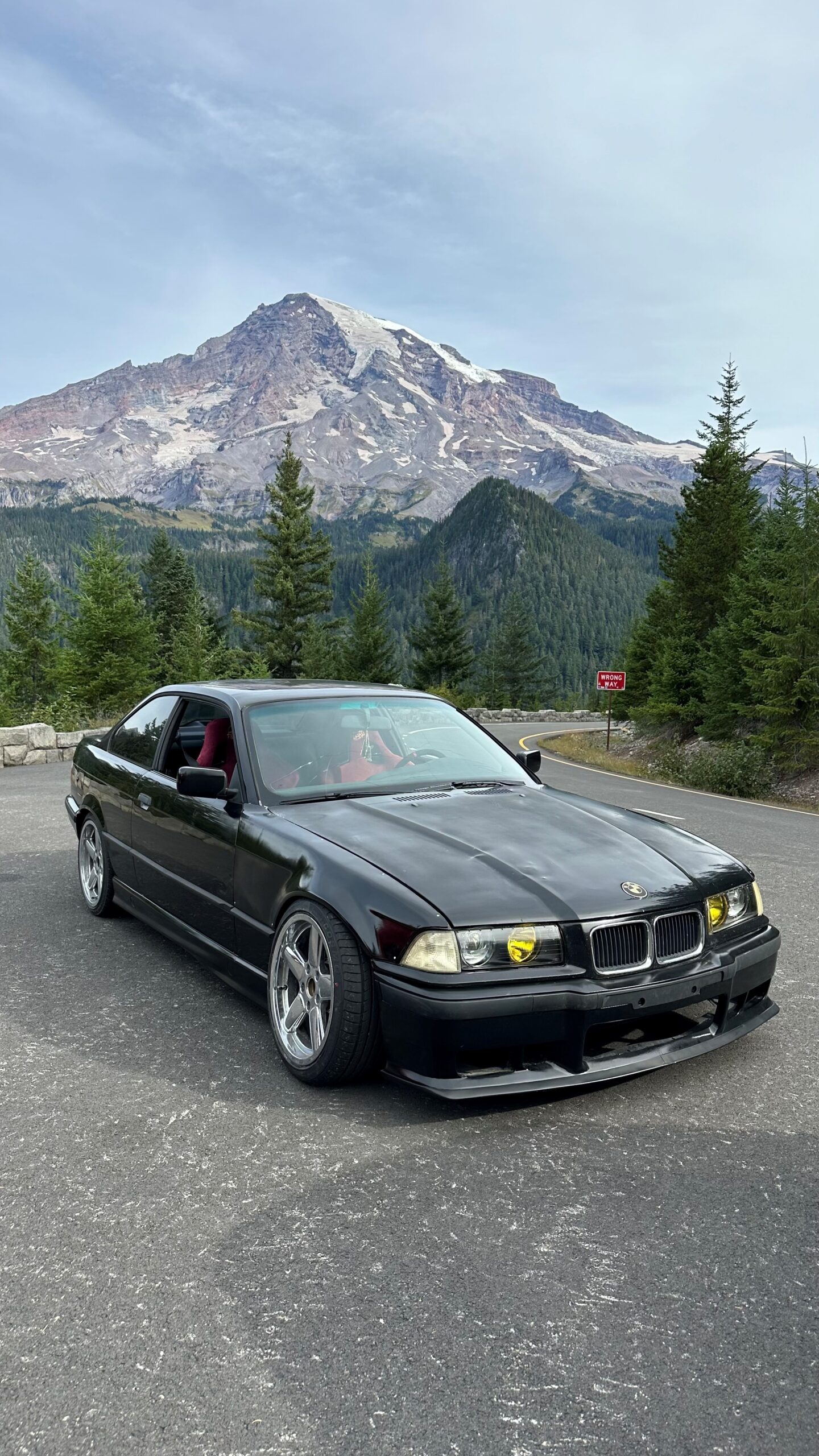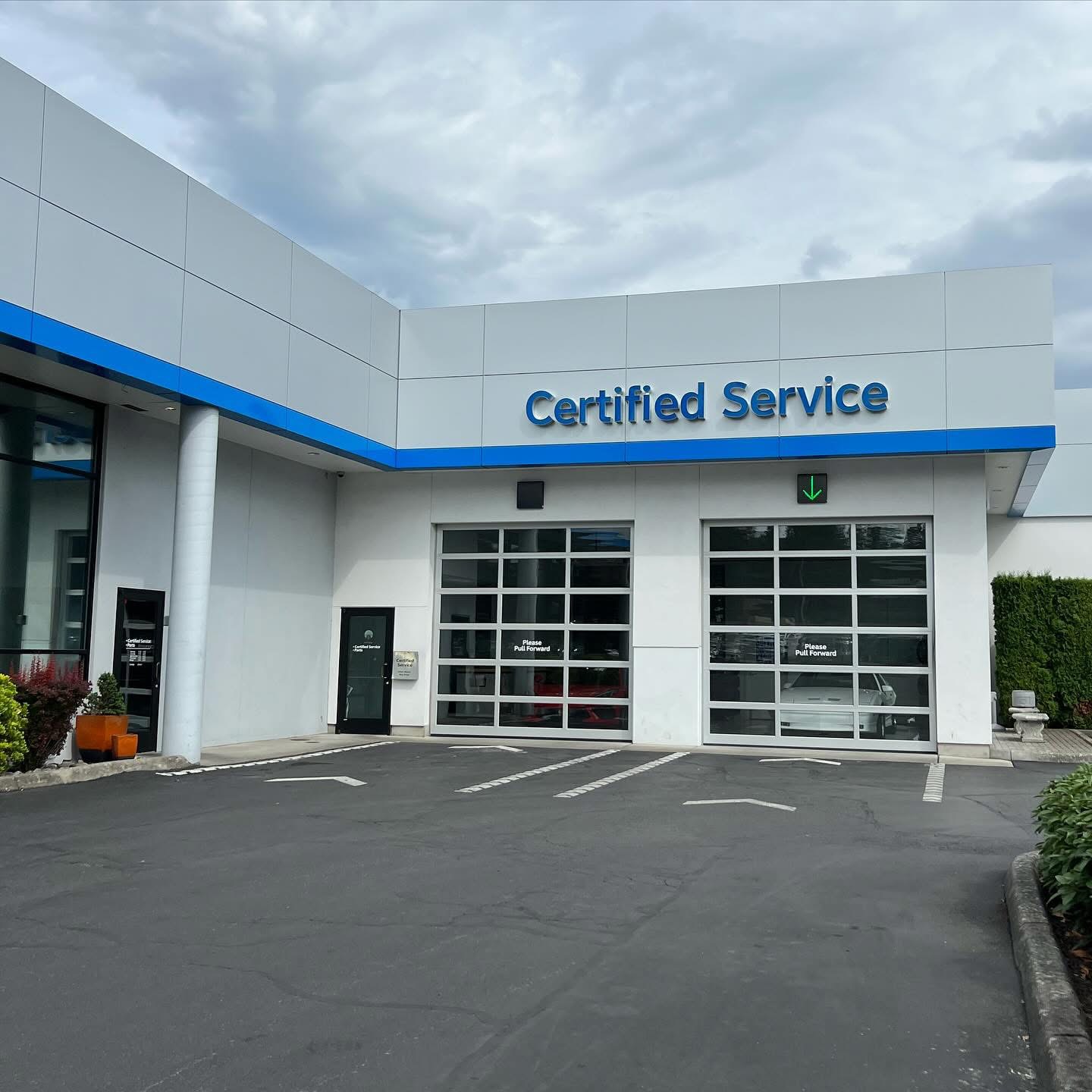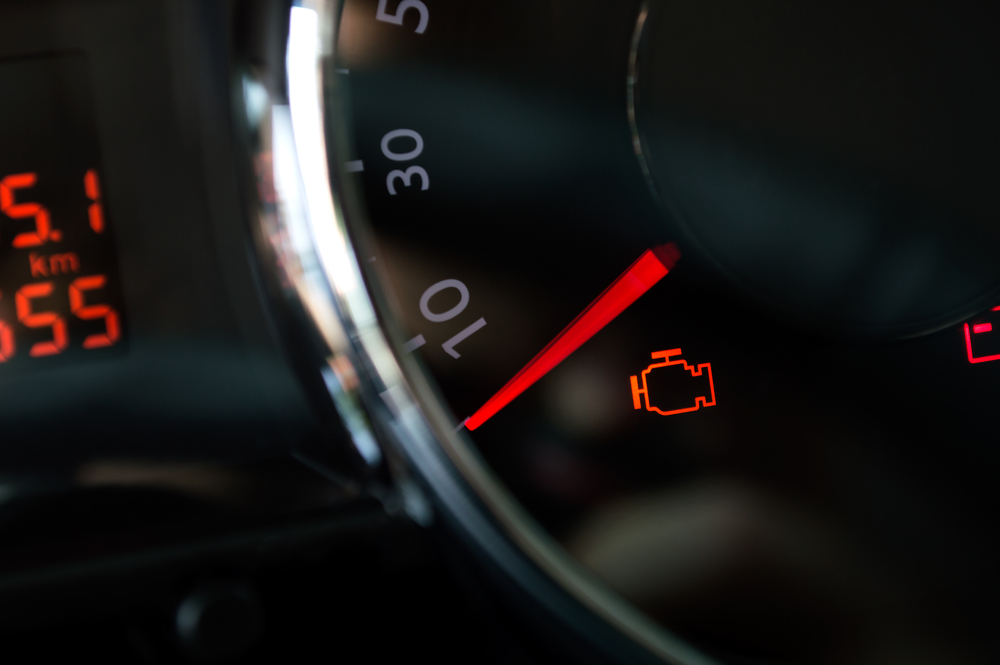Category: Tech Tips
-

Employee Recreational Fun: Get To Know Austin Sherbon, Drifting & Off-Road Wheeling
Austin Sherbon is a great salesman at Gamblin Motors. On top of that, he comes revved up with lots of hobbies & passions! One of them is working on cars and drifting them! He also goes from the street to off-roading in the mud when he’s out Wheeling. Best of both worlds! We asked him…
-

What Do the Warning Lights on My Vehicle Mean?
You may see different warning lights and icons pop up in your vehicle’s instrument cluster. We are here to help show what some of them mean and what you should do if you see them. Keep scrolling to read on! Or Skip to a Section by clicking one of these options below: Seat Belt and Airbag…
-

Driving the Future: Chevrolet’s Lineup of Electric Vehicles
Chevrolet is electrifying the road with a growing lineup of Electric Vehicles (EVs) designed to cater to a variety of lifestyles and needs. From rugged trucks to sleek SUVs and practical compact cars, Chevy’s EV offerings showcase a commitment to innovation, sustainability, and driving pleasure. Let’s take a closer look at four standout models: the…
-

The Dreaded Check Engine Light
It is the dreaded illuminated message no driver wants to see: check engine. This light is alerting you to a problem detected in your vehicle’s on board diagnostic system (OBD). This system creates and stores a code pinpointing the problem occurring with your vehicle. To retrieve this code and diagnose the problem, you will need…
-
Don’t Push the Panic Button! We’re Here to Help You Stay Calm.
Manufacturers spend millions of dollars in research and development to construct automobiles that are as safe as possible with components like airbags, seatbelts and anti-lock brakes. Unfortunately, there are several, affordable items not always included with the purchase of a vehicle that can help keep things under control in an emergency situation. – Jumper Cables…
-
Squeaky Clean
Roughly 90% of the decisions we make behind the wheel are based on a clear, unobstructed view of the road. It doesn’t matter if you live in a part of the country littered with rain, snow, sand, dirt or mud, your specific environment slowly weakens your wipers ability to clean your windshield. Modern cars have…
-
Time For a Cold One
1933 saw the first air conditioners installed in cars as an aftermarket item and it wasn’t until 1939 that the Packard Motor Car Company offered the cooling device as a factory option. Many summers have past since then and A/C has become a standard option on just about every vehicle in the world. Now, we…
-
Save Some Money and Hug a Tree
Starting in the early 1980’s, O2 sensors or Oxygen Sensors have been standard equipment on cars and light duty trucks. Since 1995-1996 the number of sensors per car has doubled to improve efficiency. They are a vital part to the emission and fuel systems, and as they wear they can affect your vehicles performance. …
-
Put a Little Spark Back in Your Relationship
Man or woman, most of us have a love-hate relationship with our cars. They can throw us back in our seats making us hang on for dear life, they can haul our toys for a weekend of fun but they can also drain our wallets or leave us stranded in the middle of nowhere. Fortunately…
-
April is Car Care Month
April is car care month, which reminds driver to give their vehicle a thorough checkup, before the summer driving season. “We encourage our customers to take care of their vehicles year-round and the onset of spring is a perfect time to inspect vehicles for wear and damage caused by winter driving,” said Alan Gamblin. Many…
